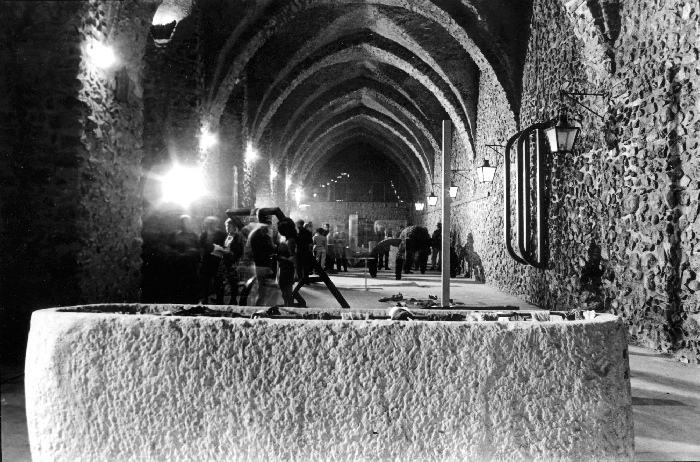Press Release
“First came the person, then the system. That is the way it used to be. Now society produces, and the person consumes. Everyone can criticize, strike out, demystify and suggest reforms, but such action must remain within the system; no one is permitted to be free [...] In a world dominated by inventions and technological imitations, one has but two alternatives: the first involves the assimilation (by kleptomania) of the system or its codified and artificial languages in a convenient dialog with the existing social or individual structures […] The second alternative is the opposite of the first: the free self-

Arte Povera: a Creative Revolution
The State Hermitage, St-Petersburg (Russia)
17.05 - 16.08.2018

Exhibition May 17 -

© ArtCatalyse International / Marika Prévosto 2018. All Rights Reserved
“In the late 1960s a number of Italian artists working primarily in Turin and Rome, as well as Genoa, Milan and Bologna, began to show their work together. Resolutely avoiding a signature style and encouraging incoherence as a positive value, these artists produced work spanning sculpture, photography, installation and performance, which they showed alongside that of other international artists involved in parallel tendencies such as Land Art, antiform, postminimalism and Conceptual Art. This work became known as Arte Povera, which, literally translated, means ‘poor art’, but does not refer solely to a poorness of materials. Arte Povera’s impact on artists across Western Europe and America was both immediate and profound, and its influence is still felt around the world.
The artists who were to become most closely associated with this movement—Giovanni Anselmo, Alighiero Boetti, Pier Paolo Calzolari, Luciano Fabro, Jannis Kounellis, Mario Merz, Marisa Merz, Giulio Paolini, Pino Pascali, Giuseppe Penone, Michelangelo Pistoletto, Emilio Prini and Gilberto Zorio—were concerned with that point at which art and life, nature and culture, intersect. They attempted to create a subjective understanding of matter and space allowing for an experience of the ‘primary’ energy present in all aspects of life as lived directly and not mediated through representation, ideology or codified languages. This energy was intended, on the one hand, to correspond to the basic physical forces of nature such as gravity or electricity and, on the other hand, to refer to the fundamental elements of human nature such as vitality, memory and emotion.” —C. Christov-
“In the 1960s under ‘Khrushchev’s Thaw’ the Hermitage began to exhibit artworks by French modern artists that were previously in our storages. The last floor of the Winter Palace was renovated to welcome the Impressionists and Post-
The exhibition includes 57 works and installations that celebrate the artistic movement that has deeply influenced artists of today.
Exhibition view of Arte Povera + Azioni Povere (Ra3-
